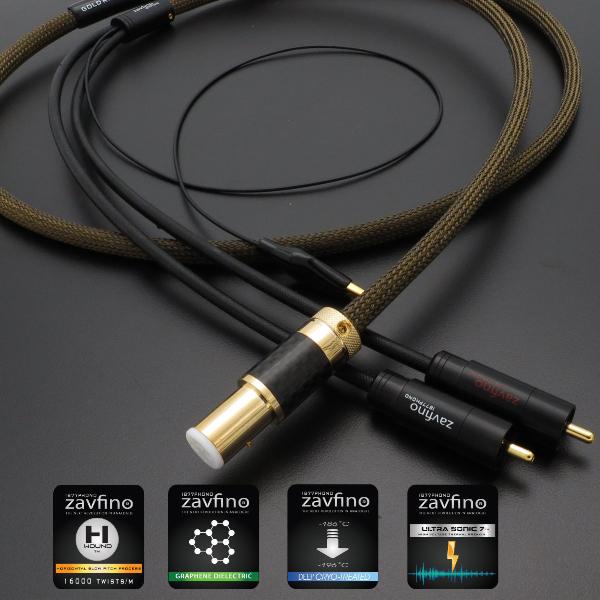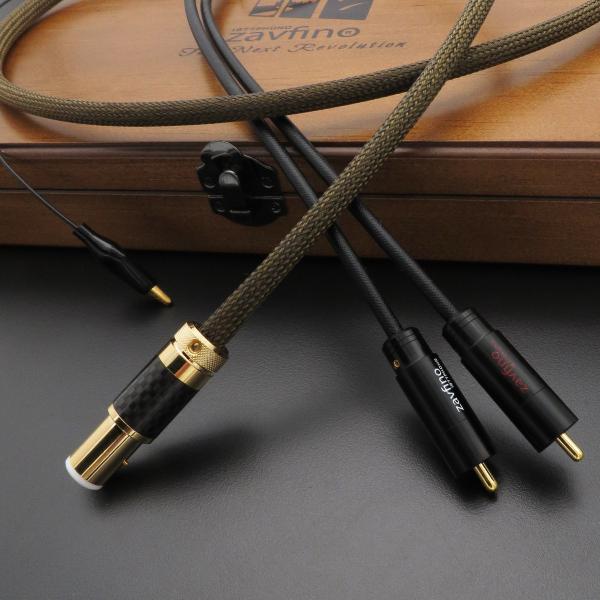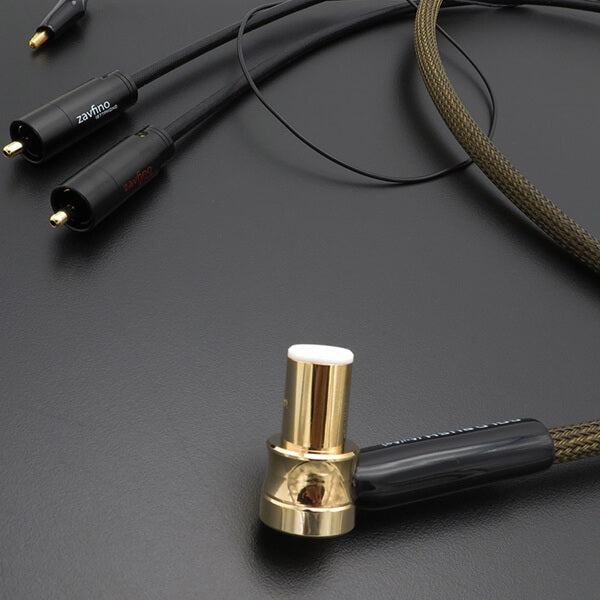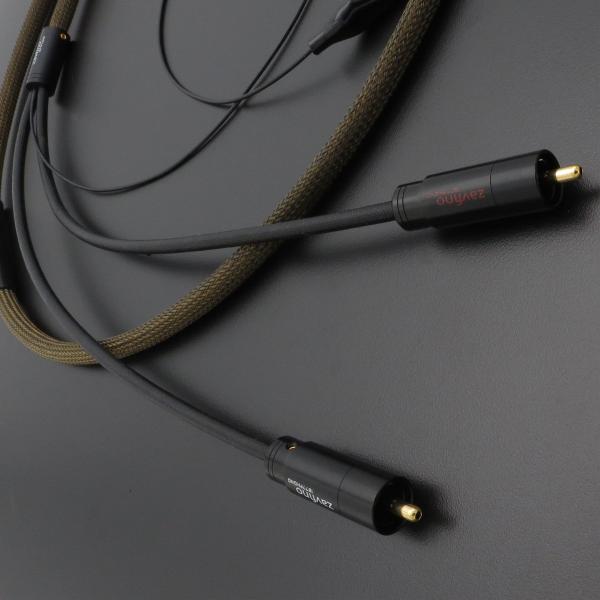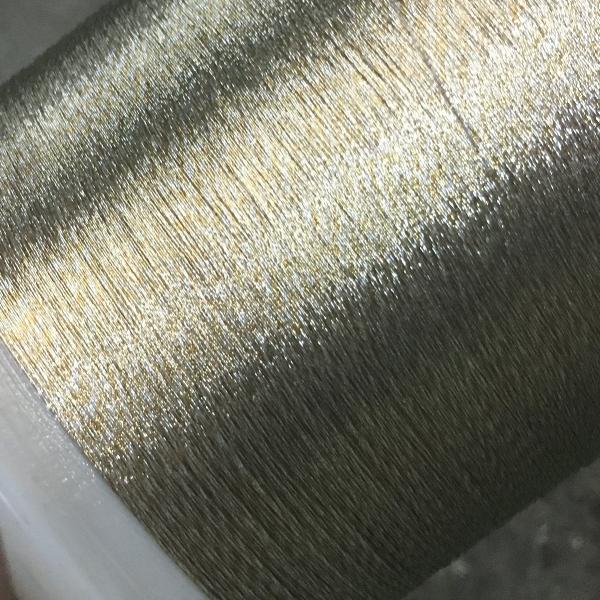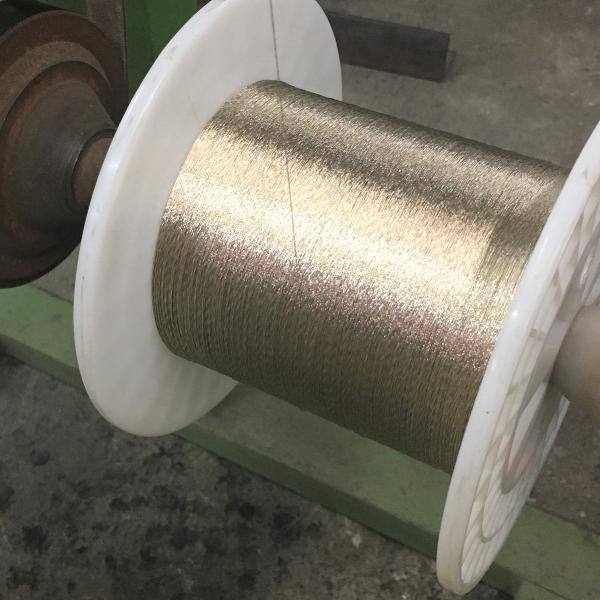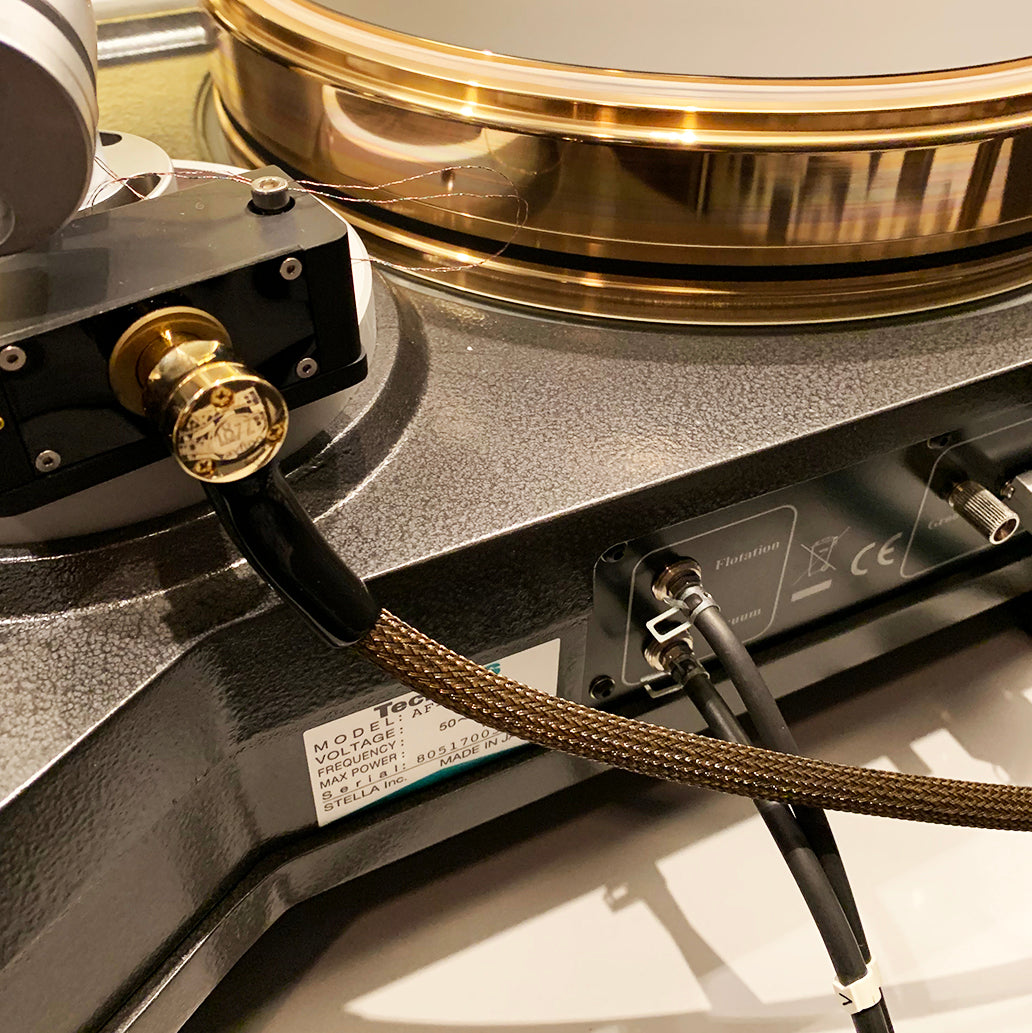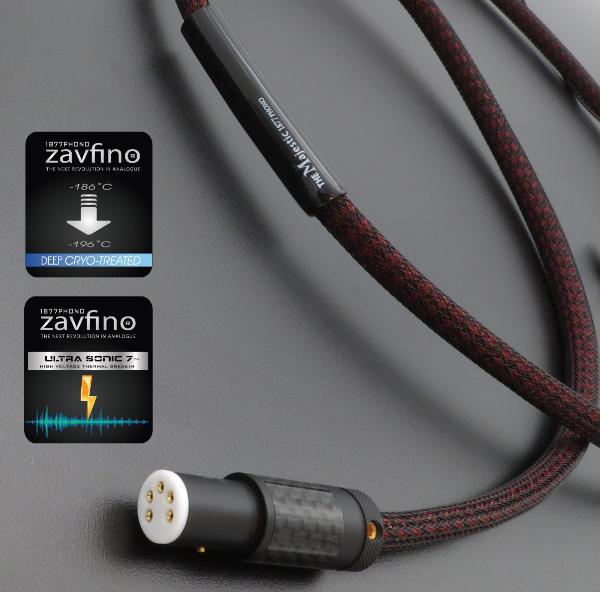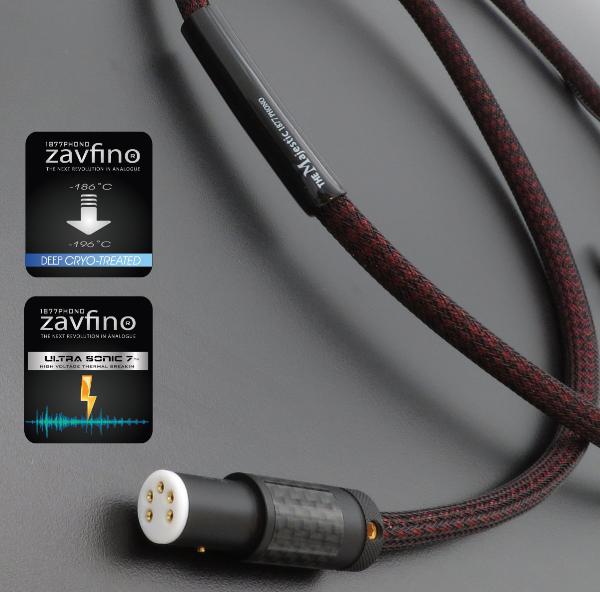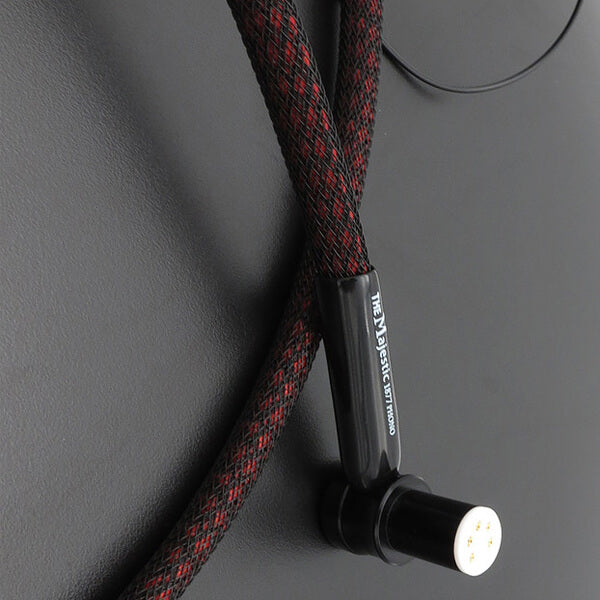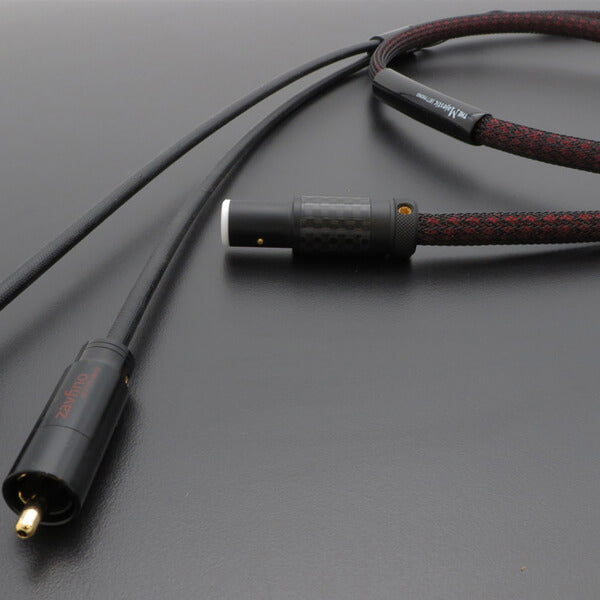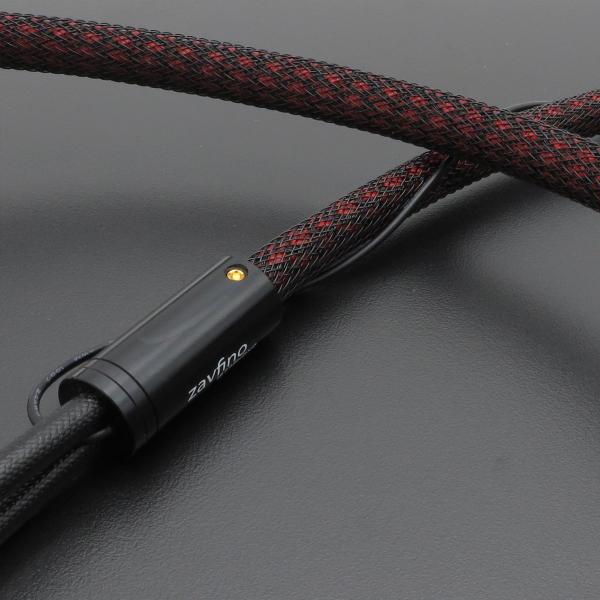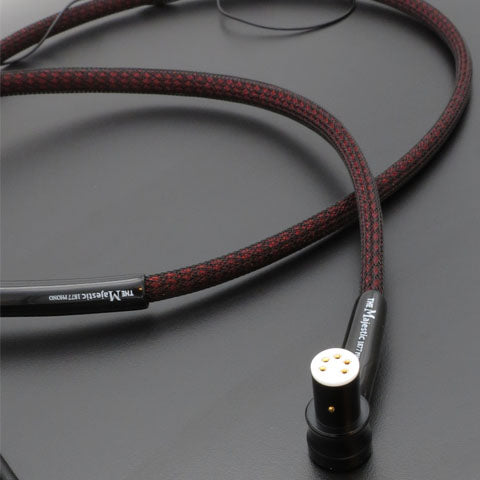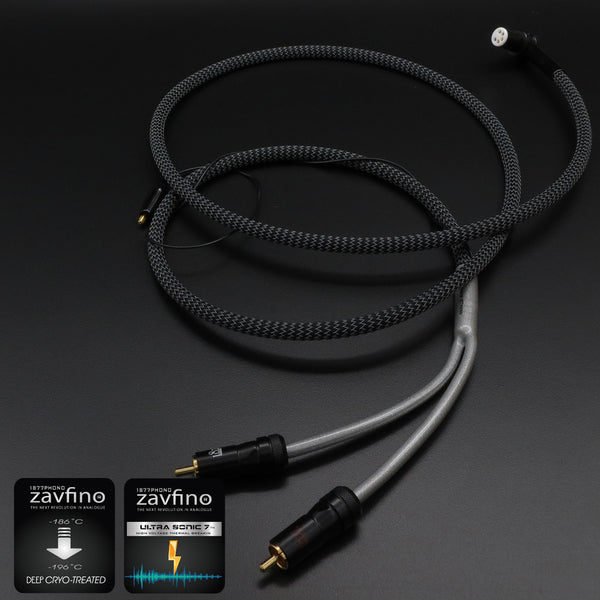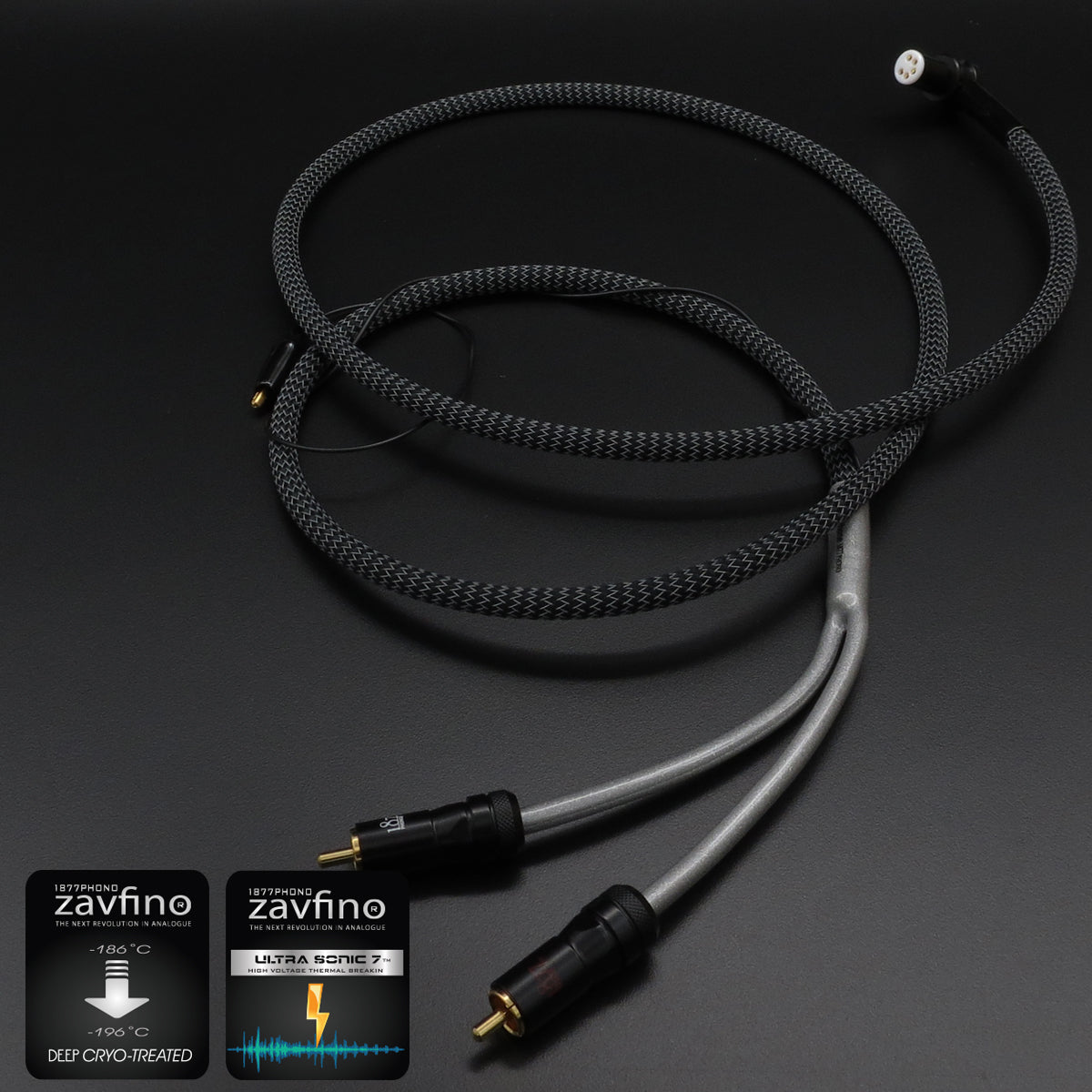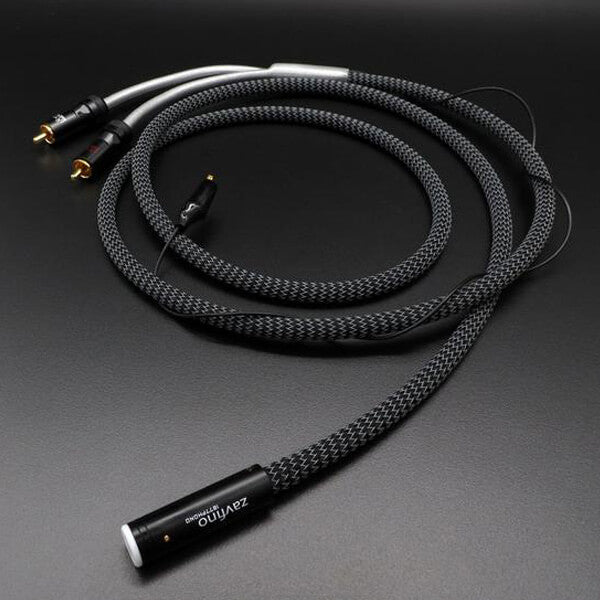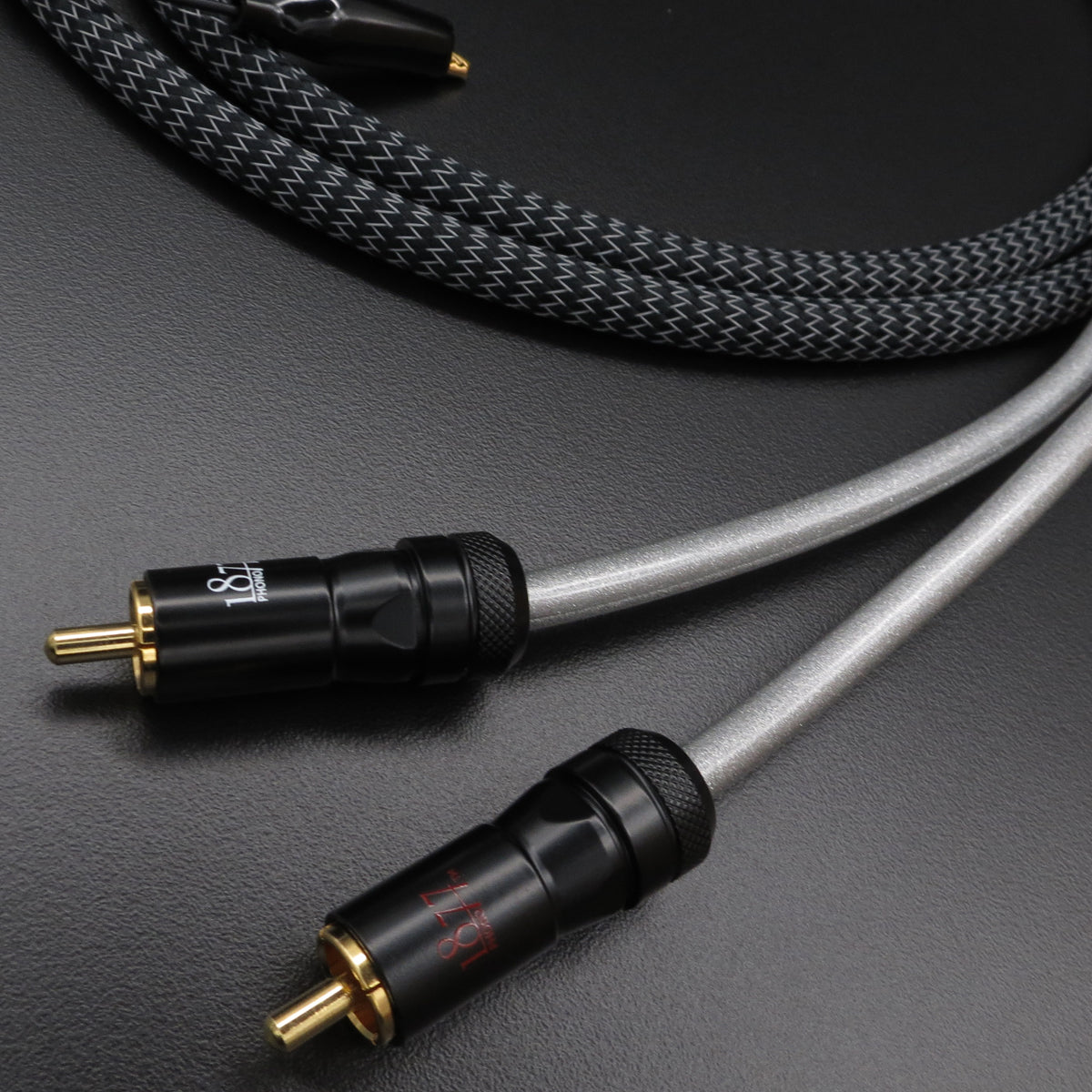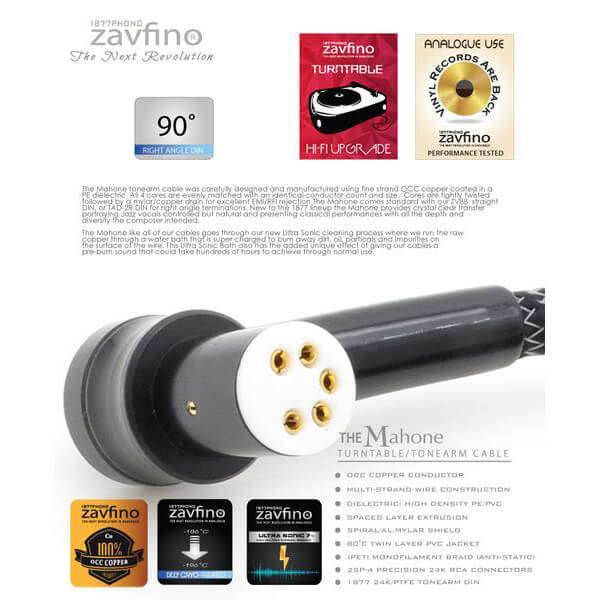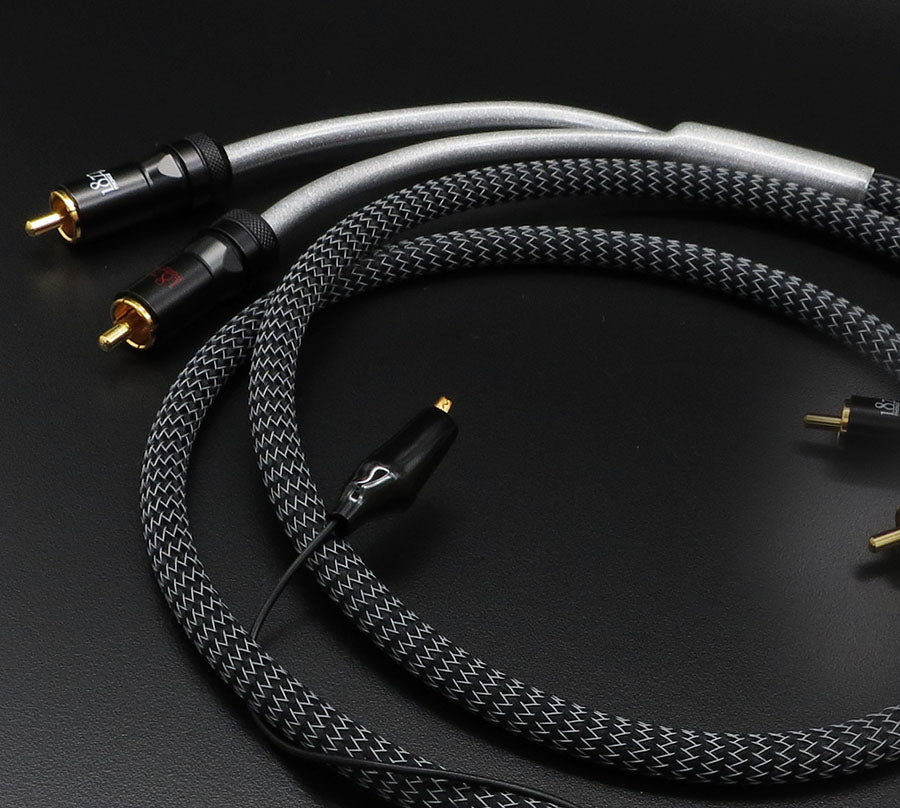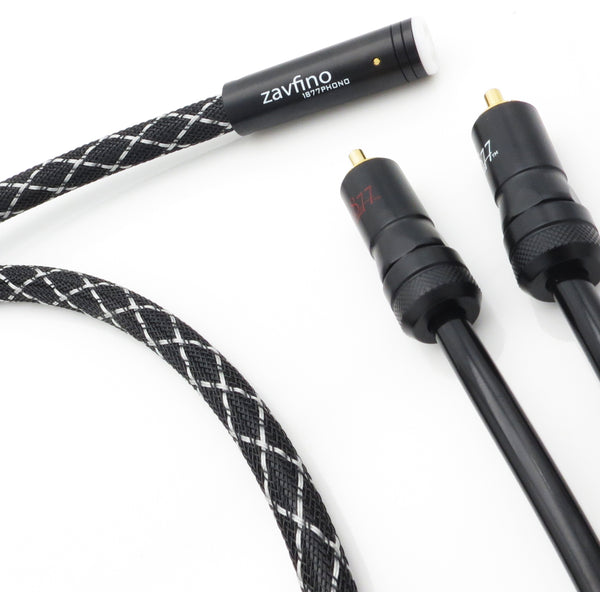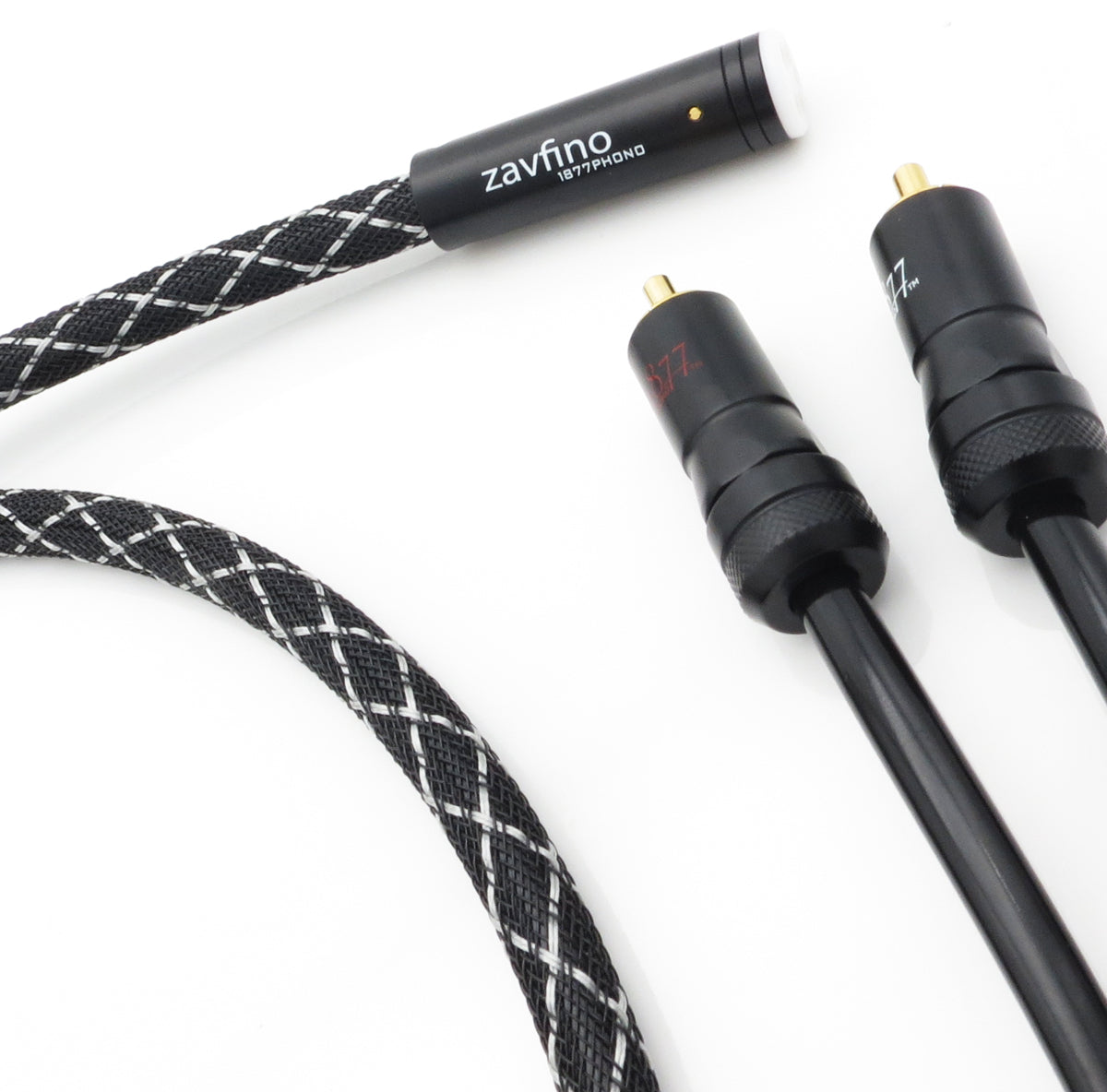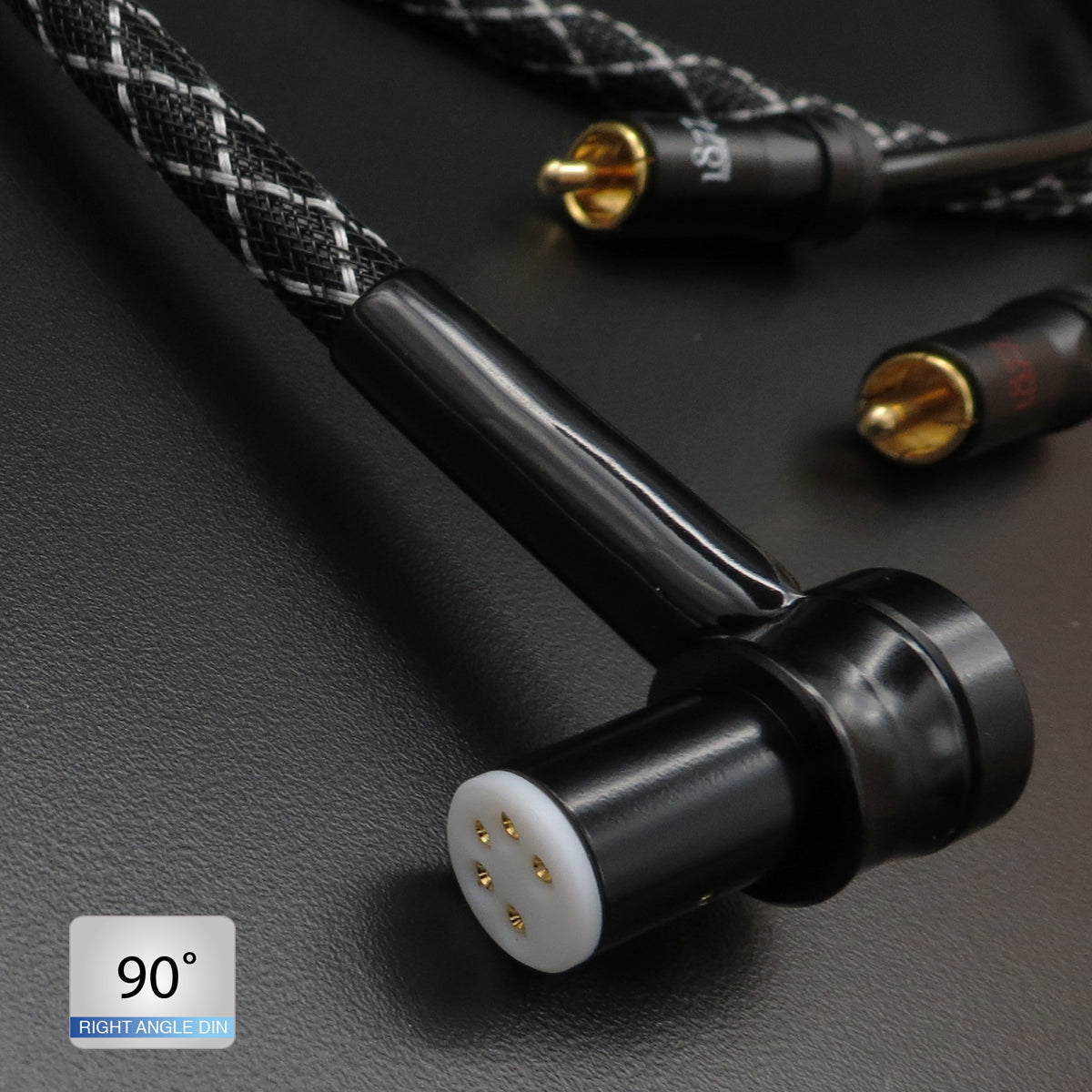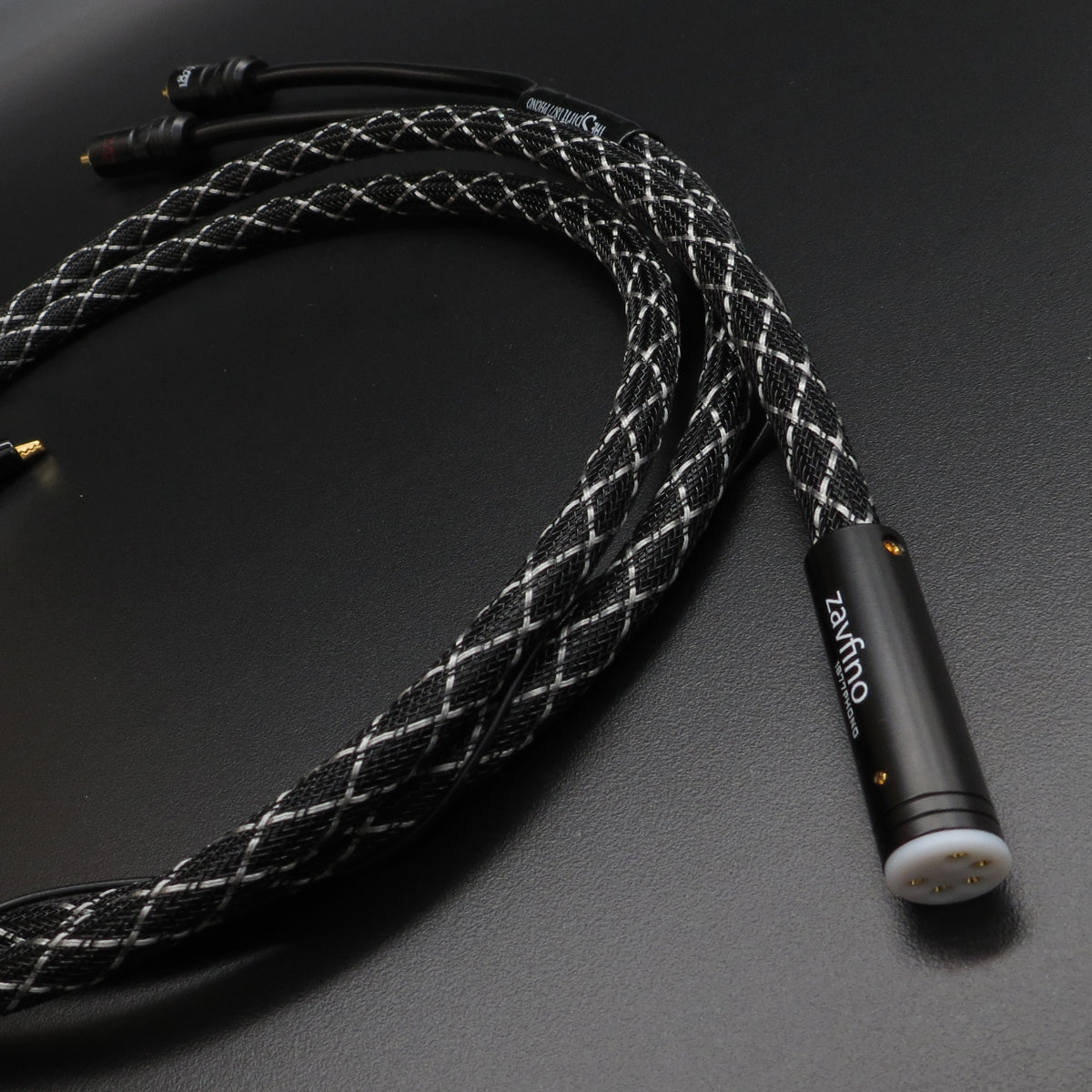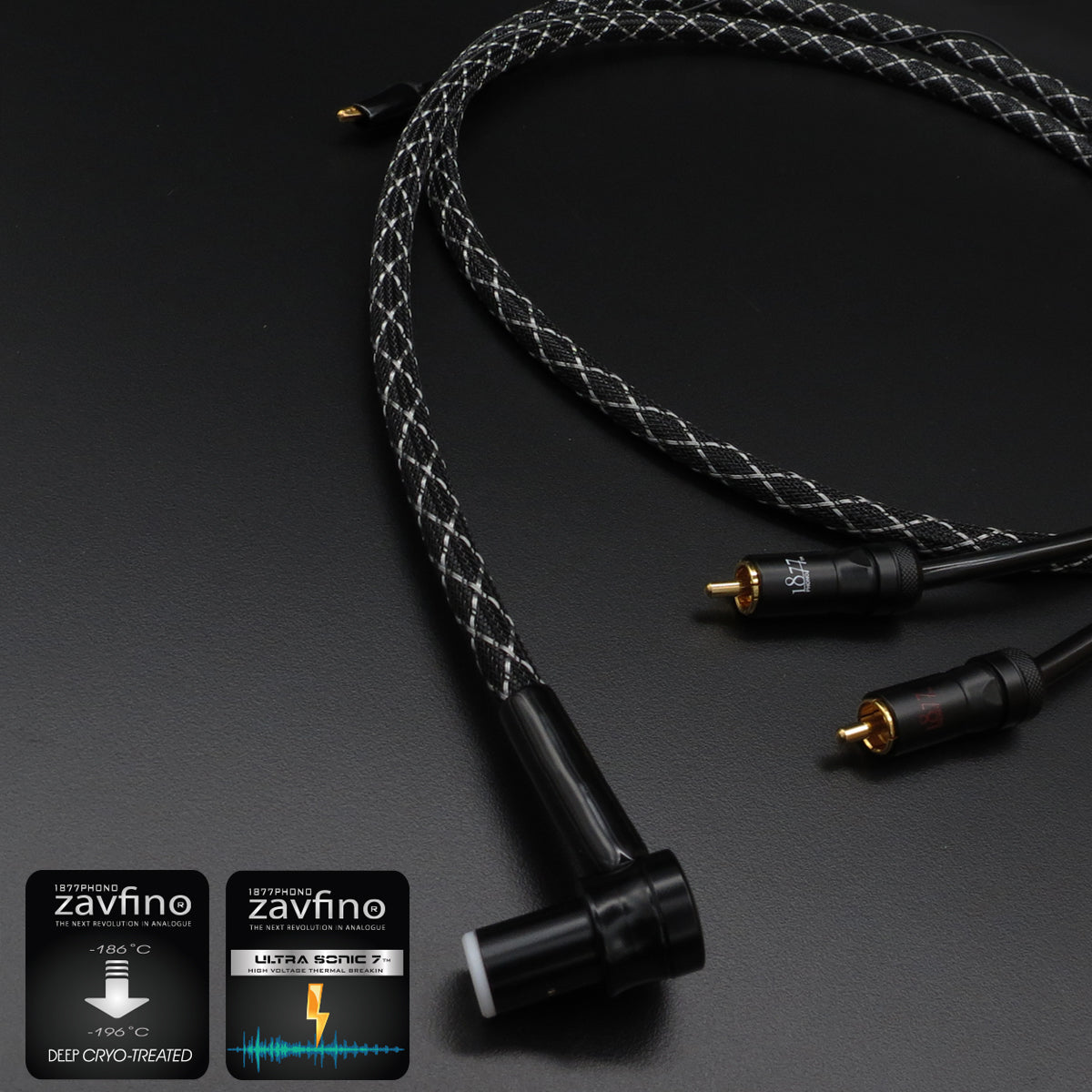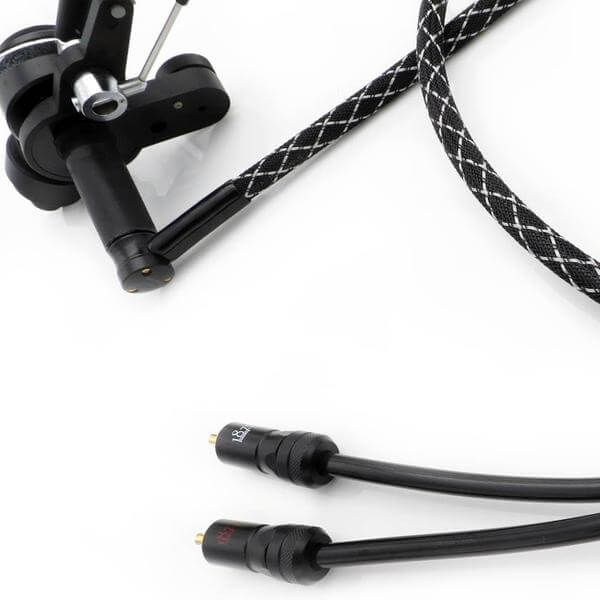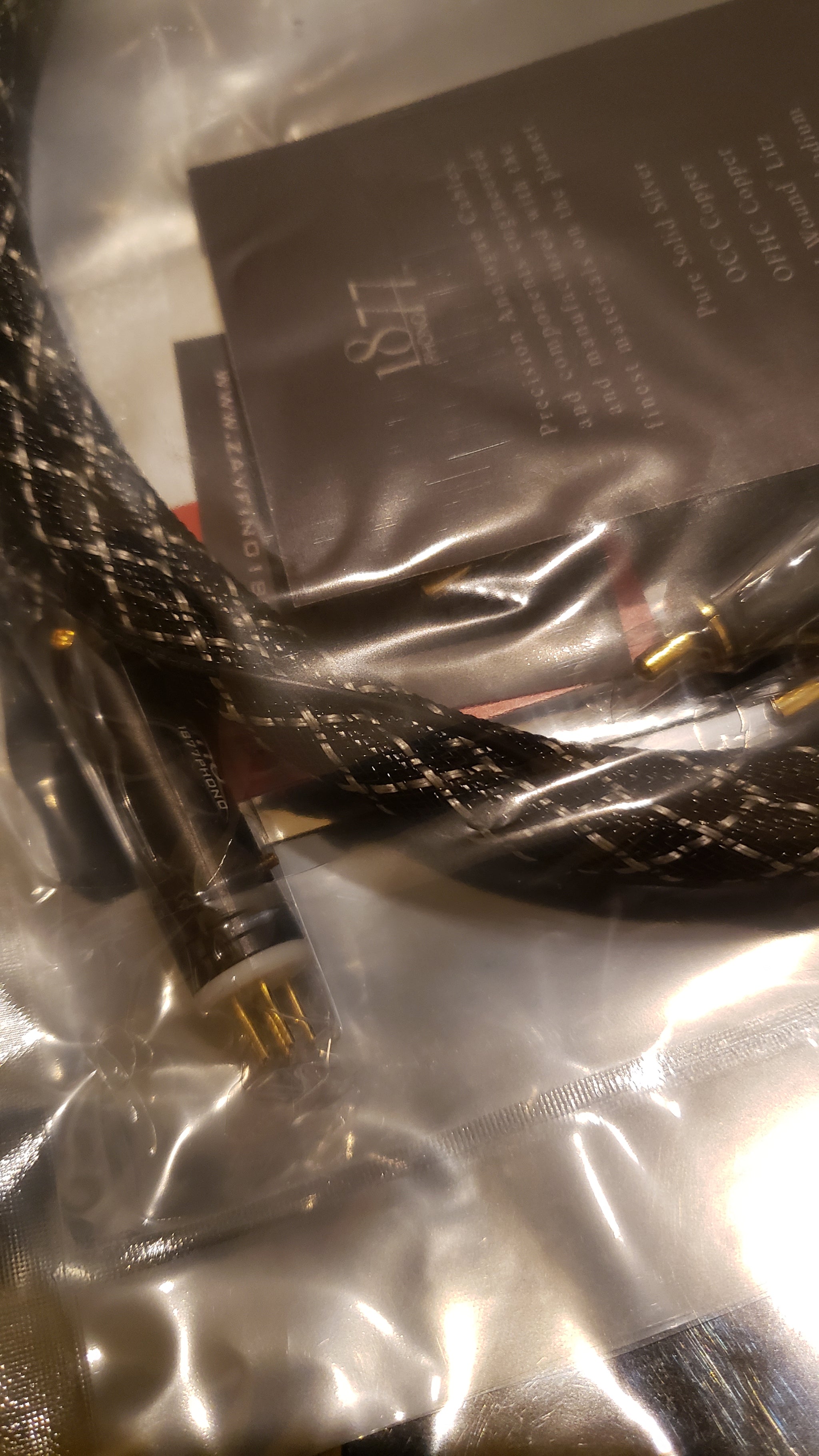Gold Coated OCC Pure Silver Hybrid Tonearm cable-
SONIC ARTISTRY
Every high-end audio product needs to perform at certain level to be worthy of its high-end designation. From vocal or guitar rendition, that might seems like an utterly easy task to perform, to the portraying of the drama and sense of realism, that is intimately associated with classical music. Nothing is easy nor simple when it comes to the believable reproduction of the music.
When it comes to the the sonic mirroring and evaluating of the orchestra/choir, I'm alway found to pull out the Carl Orff – Carmina Burana (Supraphon a.s. – 88 765 XAK). This recording delivers a mesmerising and shivering emotional impact, calls for a true transparent and potent cable and demand the heavy league density handling.
It always intrigues me how such miniature scaled signal can carry so much micro and macro details. When aptly replicated the aural universe can expand into something beautiful and inspiring.
It's never an easy to break down all the mandatory components of the high-end-cable. Above mentioned attributes are just a small part of the mandatory-highly-demanding-multi-tasking ground stones, that define high-end audio cable requisite ability. Without the proper delivery of the sonic attributes on all levels, music reproduction will sound bland, uninvolving and pale.
Zavfino 1877PHONO Graphene Gold Rush phono cable acted with surprisingly gorgonizing ability, thus being able to open the doors to Carmina Burana's impenetrability and relinquish massiveness without losing the needed acoustical anchor points solidity. Gold Rush swiftly carried the signal with the required and binding behaviour, allowing the variety of tone, timbre and colour to flourish.
Regardless of price consideration, Graphene Gold Rush phono cables had managed to deliver Carmin Burana Thespian tension without hubbub effect and with the transparency, that materialised in undistracted propulsion of musical flow. Quite an achievement!
The seamless blend of piano and orchestra is never a chore for any analog front end. Noteworthy deliverance is closely associated with each part of the analogue chain and phono cable is no different in this regard. It must ask on its sole potency as well as a part of the bigger synergetic ensemble.
On the grander scale of high-end audio reproduction, the piano's decays and delays can be too quickly masked and hidden behind the orchestra momentum once the gravity of multi-instruments kicks in. This is especially evident with Andrei Gavrilov, Riccardo Muti, Philharmonia Orchestra, Tchaikovsky – Piano Concerto No. 1 (His Master's Voice – ASD 3818).
The sound of the orchestra, when combined with a solo instrument (the piano in this particular record), manifests as one giant whole. The energetic-virtual-bubble travels towards the listener as a grand-sonic-harmonic-entity; yet the solo instrument never looses its identity in this projection. This is where the high-performance phono cable differs from the mediocre one in instant.
Zavfino 1877PHONO Graphene Gold Rush had allowed the raw and primary nature of the orchestra to manifest with the much needed authority, without taking away the piano aural formation. Further on, the piano's gestalt was never lost in translation. Sadly, this happens too often even with some high priced phono cables, but on contrary and refreshingly, the Graphene Gold Rush have rendered the sonic complexity with verisimilitude.
Sound expanded in beguiling way, but in absence of any deceptiveness. Zavfino 1877PHONO phono cable had allowed way more, then its should at this price point. It had conveyed the music momentum with fulfilling effect, never stepping into the realms of lackadaisical.
CONCLUSION
At the end of every review, the conclusion should always sum up the juxtaposition of the performance and value, that any given product under the scope is offering. Zavfino 1877PHONO Graphene Gold Rush phono cable doesn't disappoint. Even more, at the current rocket high prices Gold Rush represents a grander value.
● Conductor: Rare 24k Gold PC-OCC single crystal copper, blended with solid strand 99.9998% Pure Silver in a tight pitch construction
● Insulations: FEP/Tef dielectric, PTFE dielectric, Graphene polymer and fiberglass braided silicone coated breakouts, R-Flex 105C degree PVC jacket
● Shield: Aluminum mylar with silver coated copper tight pitch braid Ground: 50cm SPOFC ground wire with 24k gold plated OCC copper ground clip.
● Connector Female (DIN): 1877 Carbon straight limited edtions gold or TAD-3R Limited Editon Gold right angle DIN, 24k gold plated high purity copper insulated sockets in PTFE/Tef utilizing 1877 anti-stress pin construction.
● Splitter: Machined and anodized light weight aluminum
● Connector Male (RCA): 1877 ZXP-5 G series with OCC copper pin assembly in 24k gold,
● Sleeve 1: Polyethylene terephthalate(PET) custom monofilament sleeve with anti-static fiber in onyx gold.
● Processing: Deep Cryo treated
● Processing: Utra-Sonic-7™ Breakin
● Terminations: RCA-RCA, RCA-Straight DIN, RCA-Right Angle DIN
● Length: 1.5m standard
Deep Cryo™ Treatment
All of the conductors used in our cables undergo Deep Cryo™ treatment before the insulation is extruded over the metals. Our research has proven that the conductor—and only the conductor— benefits from cryo-treatment. Materials such as polyvinyl chloride (PVC™), Teflon™, PE, and Silicon™ can all be adversely affected by cold-temperature annealing. Cryo-treating non-conductors and insulating materials can cause them to break down and become brittle.
The purity, size, and molecular structure of each conductor determine the specific temperature within the -186ºC to - a 196ºC range that we cryo-treat it at. Zavfino’s research into cold temperature physics has proven that the absolute lowest temperature is not necessarily the best for cryo-treatment.
This is a two-stage process. In the first stage we draw the bare conductor through a ceramic die into an ultrasonic cleaning chamber that bombards the conductor with multiple ultrasonic frequencies. This emulsification process removes all debris from the surface of the wire down to the molecular level and leaves absolutely zero residues.
UltraSonic 7 High Voltage / Thermal Break-in
This is a two-stage process. In the first stage we draw the bare conductor through a ceramic die into an ultrasonic cleaning chamber that bombards the conductor with multiple ultrasonic frequencies. This emulsification process removes all debris from the surface of the wire down to the molecular level and leaves absolutely zero residues. After each individual wire is processed, we strand it into bundles and then subject the bundles to further treatment. During the second stage of the ultrasonic burn-in, we increase the voltage to a higher level that’s just below the threshold of the conductor. This adjustment in temperature allows us to get a unique “break-in effect” normally associated with cables that have had 30 to 40 hours of signal and/or current run through them.
Zavfino’s H-Wound™ + Zero Strand Loss:
Drawing on more than 18 years of manufacturing experience, Zavfino has developed a remarkable new technique for twisting stranded wire tightly around a central solid-core conductor. An electrical phenomenon commonly known as the “skin effect” occurs when electrons move through any solid core conductor. Higher frequencies travel along the outside (the skin) of the conductor faster than midrange and lower echelon frequencies. This results in smeared PRaT, muddled instrumental timbres, and an unnatural sound. Zavfino’s new H-Wound™ manufacturing technique negates the skin effect. Originally developed by OEMs Siemens and Klangfilm, Zavfino uses a customized transformer wire-stranding machine. We further modified the gears in this machinery to create windings at a slower RPM ratio with a much tighter pitch. This patented manufacturing process enables us to twist the wiring at the tightest pitch possible without overlapping the wire strands. Most wire-stranding machines can only fabricate windings up to a maximum of 300 twists per meter. Setting the bar far higher, Zavfino’s patented H-Wound™ cable winding machine creates a pitch rate of 14,000 to 16,000 twists per meter; which is unmatched by any other audiophile cable maker. Zavfino’s new Zero Strand Loss™ manufacturing technique protects the bundled conductors from being damaged during stripping and termination. By ensuring that each core has zero chipped, cut, or mangled strands, we can guarantee that each insulated core is 100% identical. For audiophiles, the sonic results of tighter windings and Zero Strand Loss™ conductors are cables with quieter backgrounds, remarkable timbral accuracy, lifelike PRaT, jaw dropping mid-range resolution, and superior low frequency extension. Our new H-Wound™ stranding technology allows us to protect the delicate electrical signal being transferred through our cables. Combined with Zavfino’s state of the art manufacturing techniques, our precision matched OCC Copper (Cu) and Silver (Ag) conductors used in the Silver Dart™ Series cables bring an unequalled purity and honesty to all forms of music. The results are previously unheard details, finesse, and accuracy across the frequency spectrum.
What is Zav no ZGRAPh-LDPTM..GRAPHENE.?
Zavfino is the first audiophile cable OEM to integrate graphene insulation into high-end A/C power cables as a dielectric shield. After more than two years in development with a leading American graphene polymer research company, we’re proud to unveil our new proprietary ZGRAPh-LDP conductive shielding/dielectric, first used within our Silver DartTM OCC A/C power cable.
The results of using ZGRAPh-LDP
1. Superior protection from electromagnetic interference as the graphene contour moulds to our copper shields and prevents EMI spikes. The end result is improved grounding and vastly superior
signal transmission.
2. Graphene has excellent Electrostatic Discharge (ESD) properties that eliminate static electricity and tribo-electric charging; both of which can negatively a ect a power cable’s performance.
3. Graphene’s high heat de ection reinforces the dielectric by 30%. This ensures that all of Zav no’s cables that are shielded with graphene will deliver unchanged performance for decades to come.
4. Graphene creates a 100% anti-corrosive barrier that prevents the ingress of oxygen into the shield and conductors. An air-tight seal and zero corrosion further guarantees consistency of signal transfer at a molecular level and unchanged sonic performance for a lifetime of usage.
Why Zav no’s Graphene outperforms traditional shielding:
Electromagnetic theory stipulates that a signal inside of a closed electromagnetic eld cannot be a ected by interference from an outside source.
Traditional dielectric insulation that uses braided Copper (Cu) or Mylar shields cannot ensure a perfectly closed eld. Copper braids and Mylar wraps both have gaps between their overlaid bundles and layers which inherently occur during manufacturing. Low frequency interference and high frequency noise will slip through these gaps and cause electromagnetic contamination and sonic degradation.
Zavfino’s primary goal is to keep any and all EM interference away from the signal’s transmission path.
By utilizing our extrudable graphene polymer jacket over the shield, our new ZGRAPh-LDPTM cover solves a myriad of electrical problems which braided shielding innately causes.
Our graphene dielectric ensures 100% coverage as it moulds itself to the traditional shield and drain of the cable. In effect, this creates a perfectly closed electromagnetic field.

